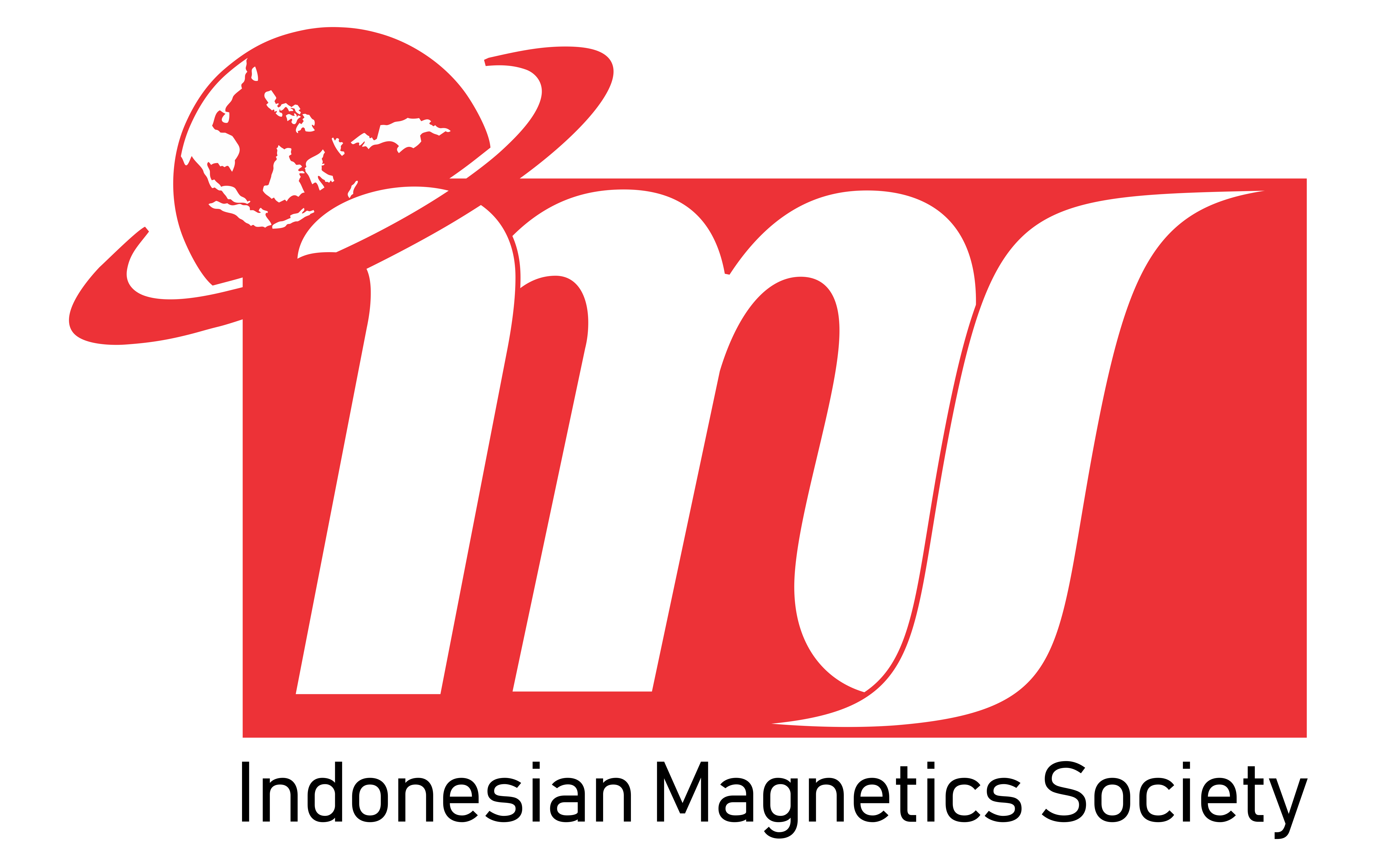Measurement of gravitational acceleration with the leak tank method
Abstract
An experimental device of the mechanics of tank draining under gravity has been constructed. It mainly consists of a cylindrical tank with a circular orifice at the center bottom of the tank. The inner radius of the tank is 134 mm, while there are seven variations of orifice radius, those are 2.25 mm, 2.50 mm, 3.00 mm, 3.50 mm, 4.00 mm, 5.00 mm, and 6.00 mm. The tank is filled by water which is then allowed to flow out throuh the orifice. This experiment can be used to measure the value of gravitational acceleration () on the experiment location. We call this method as the leak tank method. The measurement of g is carried out by measuring the total time to drain the tank from 300 mm initial height of water surface inside the tank for various orifice radius. It is found in this experiment that = (9.89± 0.03) m/s2. This result is good enough because it is almost the same as the conventional standar value of 9.80665 m/s2 with discrepancy of around 0.85%. It indicates that the leak tank method which is described in this paper can be used to estimate the gravitational acceleration value with a good result.
Keywords
Full Text:
PDFReferences
de Nevers, N. (1991). Fluid Mechanics for Chemical Engineers, Second Edition.McGraw-Hill, New York, 163-166.
Joye, D. D. dan Barret, B.C. (2003). The tank drainage problem revisited: Do these equations actually work?.The Canadian J. Chem. Eng, Vol. 81, 1052-1057.
Libii, J. N. (2003). Mechanics of slow draining of a large tank under gravity.Am. J. Phys,Vol. 71, 1204-1207.
P. W. Hart and J. T. Sommerfeld.(1995). Expression for Gravity Draining of Annular and Toroidal Containers.Process Safety Progress, 238-243.
Perry R.H. and D.W. Green.(1984) Perry’s Chemical Engineers Handbook 6th Edition.McGraw-Hill, New York,5-27.
S. Soedradjat A. (1983).Mekanika Fluida dan Hidrolik, Nova, Bandung, 135-152.
Subbarao, CH. V. (2012). Review On Efflux Time.Int. J. Chem. Sci., 1255-1270.
T. C. Foster.(1981). Time Required to Empty a Vessel.Chem. Eng., 105.
Wilkes, J.O. (1999).Fluid Mechanics for Chemical Engineers.Prentice-Hall PTR,68.
Refbacks
- There are currently no refbacks.







